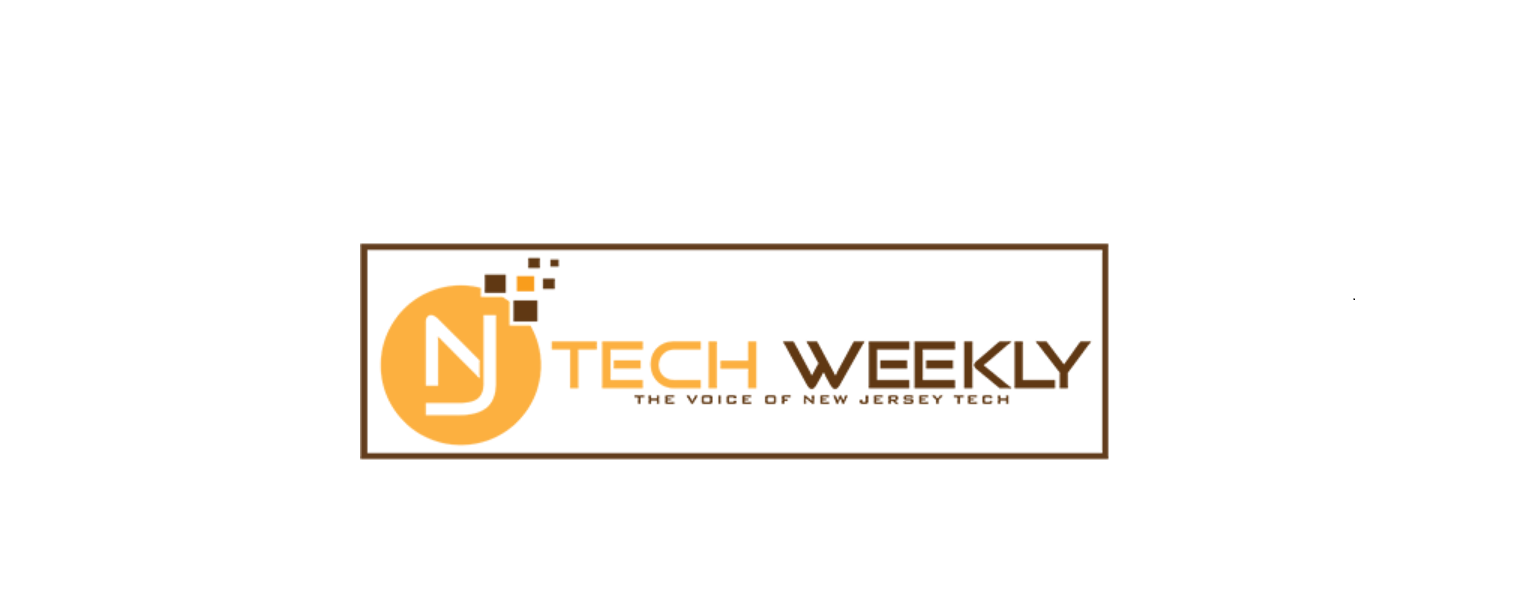Following is an excerpt of a Fast Company Executive Board post written by SciMar CEO, Donna Conroy, MS.
To build a successful alliance, healthtech innovators should be steeped in pharmaceutical knowledge, experience, and expertise and implement a pharma-first/tech-second approach. Pharma should reciprocate with a willingness to adopt the change management needed to modernize outdated legacy processes.
August 4, 2022– Pharmaceutical companies invest considerable time and resources moving drugs through discovery and clinical development (collectively known as R&D) and into commercialization. To balance profitability while bringing life-saving therapies to patients faster, pharma has prioritized the adoption of cutting-edge technologies in the “bookend” phases of drug discovery and commercialization.
In the past 10 years, these bookends have seen a flood of innovation primarily led by artificial intelligence and machine-learning-based solutions. Yet pharma’s extraordinarily complex middle phase—clinical development—remains a veritable technological black hole. I believe innovation hesitancy and organizational inertia are among the conditions preventing technology adoption in clinical development.
INNOVATING CLINICAL DEVELOPMENT Pharma has experienced tremendous growth in the past 20 years. The total global pharmaceutical market was valued at $1.42 trillion in 2021, up from $390 billion in 2001—progress prevailed despite inefficient manual legacy methods, heavy reliance on vendors, and costly single-use technology solutions within clinical development. Yet, it is undeniable that many patients still have unmet medical needs across a variety of diseases, and the need for life-changing scientific advancements remains.
R&D budgets typically represent 15% to 25% of a pharmaceutical company’s annual revenue or approximately $215 billion to $355 billion. This equates to roughly 400,000-680,000 person-hours annually or 200-325 people to complete the current workload. Further resources are required to develop additional drugs, investigate new indications, or study more patients to increase health equity.
How can the pharmaceutical industry use technology during clinical drug development to align profitability with “doing good”?
One method is to reduce the costs of drug development to reallocate resources; another is to increase profitability by accelerating drug candidates to market.
Optimally, I believe the goals during the seven- to eight-year clinical development phase are for a technology to achieve both methods: shorten the timeline and reduce costs between investigational new drug application and regulatory approval.
WHERE DO TECHNOLOGICAL OPPORTUNITIES FOR EFFICIENCIES RESIDE? In clinical development, twelve cross-functional business units work to complete more than 300 critical, interdependent tasks. Currently, most programs are built around spreadsheets, calendar reminders, and manual data analytics to complete tremendous volumes of work. Manual processes contain a bottleneck of inefficiencies. Clinical development is ripe for innovation.
Current technological solutions bring some efficiency by addressing single challenges within the process. To date, no comprehensive solution has been adopted to address the complex web of clinical development. Such technology could help streamline cross-functional team efforts and save valuable time and resources.
To truly transform clinical drug development, I believe it is essential to integrate comprehensive technology that incorporates the following four-item wish list:
SHIFT THE “RIGHT” WORK FROM HUMANS TO TECHNOLOGY
Technology has taken a backseat to human expertise in patient-centric clinical development, and I believe this is largely due to lack of trust in technologies while drugs are tested on patients. Although clinical trials remain the most meaningful task of drug development, trials represent only a portion of the cross-functional workload. The complicated and interdependent web of drug development is laden with redundant tasks and analytical needs from large data sets. While technology excels with this type of work, many tasks remain manual processes.
I believe pharma’s innovation hesitancy can also be attributed to the complicated and intense workflow involved. Additional skepticism of technology resulted when highly touted innovations by tech giants garnished high budgets but failed to deliver.
Read the full article here.


